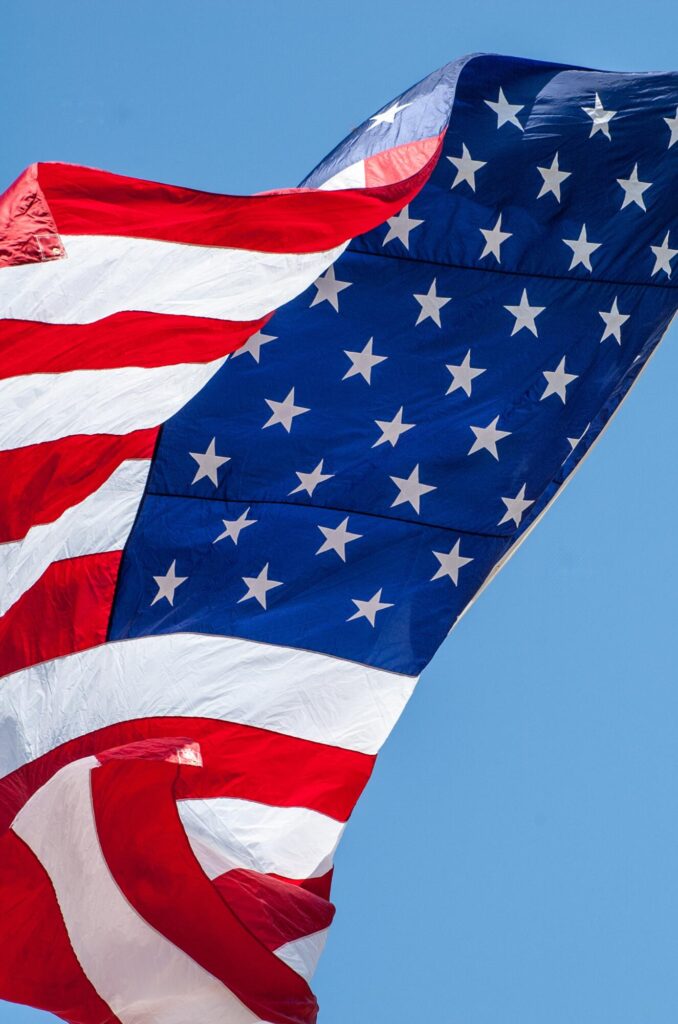The Cold War was a time of global tension between two superpowers: the United States and the Soviet Union. They were not fighting in traditional battles, but they were always prepared for conflict. This period influenced how countries approached defense and military strategy.
Understanding the strategies used during this time can help us understand how power was maintained and shifted during this era.
The Importance of Military Strategy
During the Cold War, both the U.S. and the Soviet Union focused heavily on military strategy. The main goal was to stay ready for any possible threat. Each country worked hard to improve its defense systems, making sure they could protect themselves from attacks.
These strategies weren’t always about fighting directly but were about showing strength to keep other nations from trying to attack.
Nuclear Weapons and Deterrence
One of the most famous strategies from the Cold War involved nuclear weapons. Both the U.S. and the Soviet Union developed large stockpiles of nuclear bombs. This led to a strategy known as “mutually assured destruction.”
The idea was that if either side launched a nuclear attack, the other would respond with its own attack. This kept both sides from using these weapons because they knew it would lead to destruction.
Espionage and Intelligence Gathering
Espionage played a huge role in Cold War defense strategies. Both sides used spies to gather important information about the other’s military plans. The U.S. and the Soviet Union both had secret networks of agents working to discover the other’s strengths and weaknesses. Intelligence helped these countries make better decisions about their military strategies and prepared them for any possible threats.
You can explore cold war mysteries here, learning more about the secretive world of espionage and how it shaped this period.
Alliances and Power Balance
Alliances were another key part of Cold War defense strategies. The U.S. led the North Atlantic Treaty Organization (NATO), while the Soviet Union had the Warsaw Pact. These alliances helped both sides increase their military power.
By joining forces with other countries, they created a balance of power that kept either side from gaining too much control. These alliances made sure that each superpower had the backing of several nations, adding strength to their defense strategies.
Technological Innovations in Warfare
Technology advanced quickly during the Cold War. Both the U.S. and the Soviet Union invested heavily in new military technology. This included everything from fighter jets to advanced radar systems and missile defense.
These innovations changed the way wars were fought and how defense was planned. Countries needed to keep up with the latest technology to stay ahead of any possible threats.
Preparing for Non-Traditional Warfare
In addition to traditional warfare, both the U.S. and the Soviet Union prepared for non-traditional threats. This included the possibility of cyberattacks, economic warfare, and even propaganda. Each side tried to influence public opinion and weaken the other’s economy.
These forms of warfare were new and often difficult to defend against, but both sides realized they were just as important as military power.
Cold War Strategies Shaped Global Defense
The strategies used during the Cold War still impact how countries approach defense today. The tension between the U.S. and the Soviet Union taught nations about the importance of being prepared for any threat, whether through military force, alliances, or technology. These lessons helped shape the defense strategies of many countries.
Understanding these strategies gives us insight into how global power dynamics were influenced during this critical period. Did you like this guide? Great! Browse our website for more!







